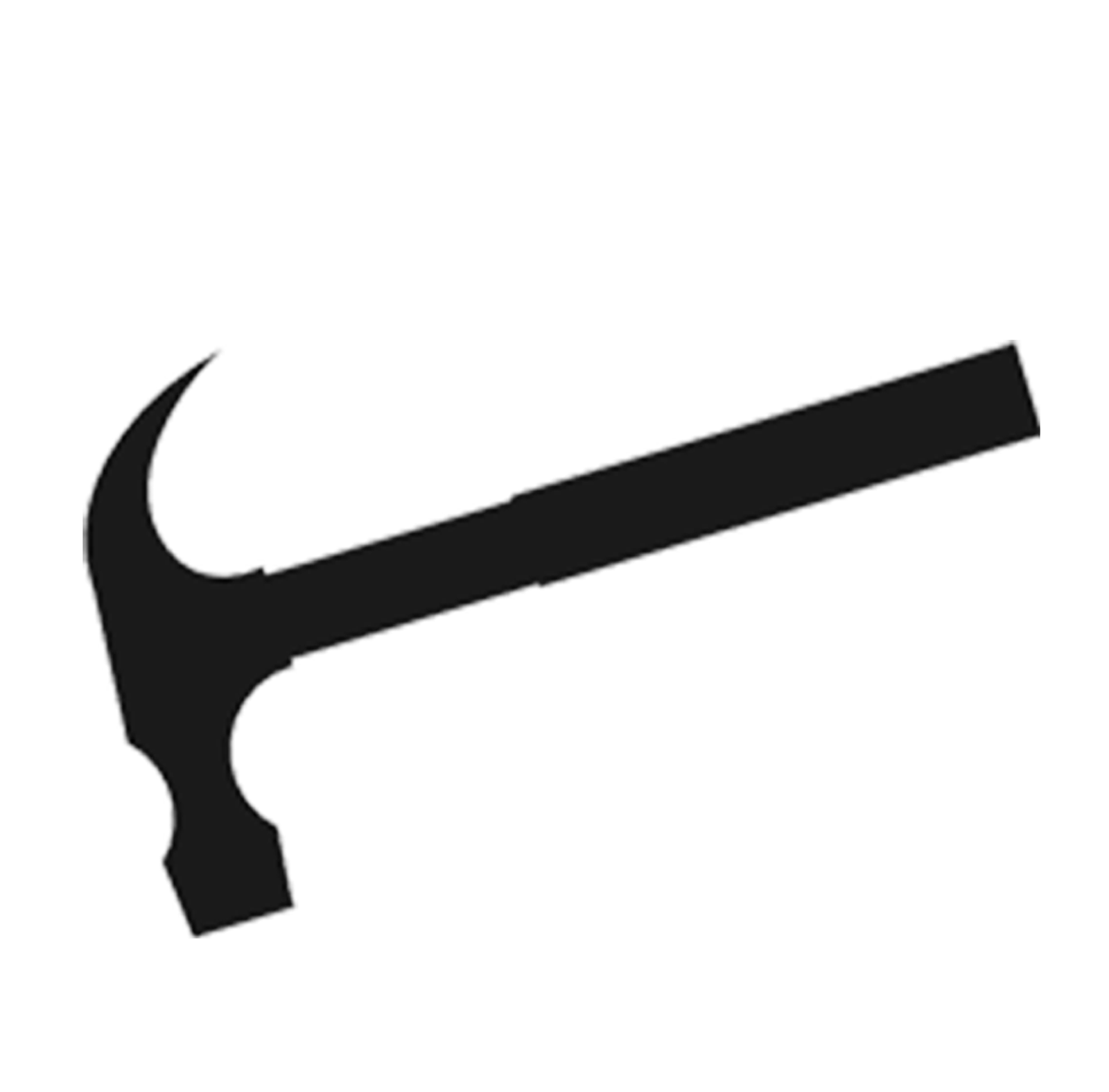Overview of Profile Roll Forming Shutter Machine:
- A profile roll forming shutter machine works by feeding a coil of metal (often steel or aluminum) through a series of rollers, each shaping the material progressively until it reaches the final desired profile. The result is a shutter slat or panel that is strong, durable, and suited for high-security applications. The machine is designed to create profiles with smooth edges and precise dimensions.

Key Components of a Profile Roll Forming Shutter Machine:
Uncoiler:
- The uncoiler is used to unwind the metal coil, which is the raw material for the production process. The coil is usually made of steel, aluminum, or galvanized metal.
- It holds the coil and ensures it is fed smoothly into the roll forming machine.
Roller Stations:
- A series of rollers are used to progressively shape the metal as it passes through. Each roller station adds a specific part of the profile, and the rollers are custom-designed to match the desired shutter profile.
- The rollers are precision-engineered to ensure the profile is consistently accurate.
Forming Section:
- This part consists of several rollers where the sheet material is shaped into the final profile of the shutter slat or panel.
- These rollers apply pressure to form the specific shape required for the shutter, which can vary (such as corrugated, flat, or louvered designs).
Cutting Section:
- After the profile is formed, the machine typically has a cutting unit that trims the finished profile to the required length.
- The cutting is usually done with a hydraulic cutting system, ensuring clean, accurate cuts without distorting the material.

